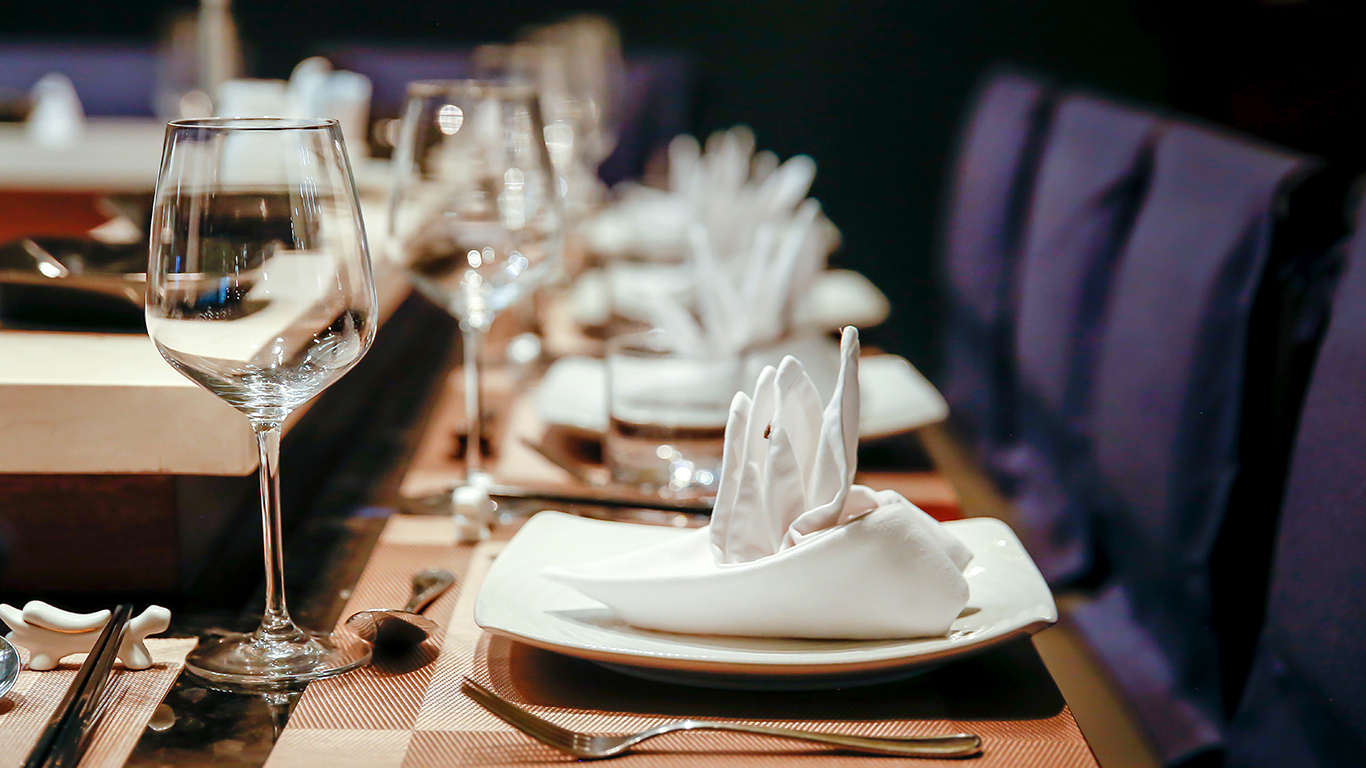
Restaurants open, restaurants close. Food service, at whatever level, from fast food chains to elegant fine-dining places, is a volatile business. Today’s Michelin-starred, can’t-get-a-table hotspot might very well be gone by this time next year. A different one, perhaps with more accolades and even fewer slots for diners, could have taken its place. That neighborhood burger joint where you’ve been going to since you were a kid, meanwhile, is suddenly a Dunkin’ Donuts.
Statistics on the failure rate of new restaurants vary. A 2003 American Express TV commercial announced that “nine out of 10 restaurants fail in the first year.” A 2005 study dialed that back considerably, reporting that only 26.2% of independent operators closed the year they launched. In 2014, two economists, using microdata from the U.S. Bureau of Labor Statistics that tracked 81,000 independent full-service restaurants over a 20-year period, reduced the number further to only 17% — compared with 19% of all other service-providing startups.
As it turns out, only one of the saddest restaurant closings on this list came about within the establishment’s freshman year (and that was a reboot of a restaurant that’s been around for more than a century), though a couple barely made it into year two. Others lasted decades.
Why do restaurants close? Rent increases; business slow-downs due to changing tastes or changing neighborhoods; staffing difficulties resulting from a shrinking labor pool and too many new restaurants; expiring management contracts or changes of corporate direction; consumer boycotts of establishments associated with chefs accused of sexual misconduct… And sometimes, it’s just that the proprietors are getting tired, or feel that their restaurants have run their course, already having contributed all they have to offer to the culinary world.
Click here for the saddest restaurant closings of 2018.
Restaurant closings can be sad for a number of reasons. Some are venerable institutions that have become part of their communities, helping to define and unify them. Some open with great promise and predictions of a bright future, only to be brought down by poor business decisions or bad timing. Still others are unique in one way or another, bringing new kinds of food to underserved areas, then taking it away for no apparent reason.
Perhaps the saddest of all are the restaurants that close because the chefs or restaurateurs in charge have betrayed the trust of their employees, harassing and abusing them, thus driving customers away — and by extension not only impoverishing the culinary landscape but robbing hundreds of employees of their livelihoods. These closings are perhaps deserved, but that doesn’t make them any less unfortunate.
To assemble our list of the saddest restaurant closings of 2018, 24/7 Wall St. consulted scores of restaurant news and review sites and local and regional magazine and newspaper sites from across the nation.
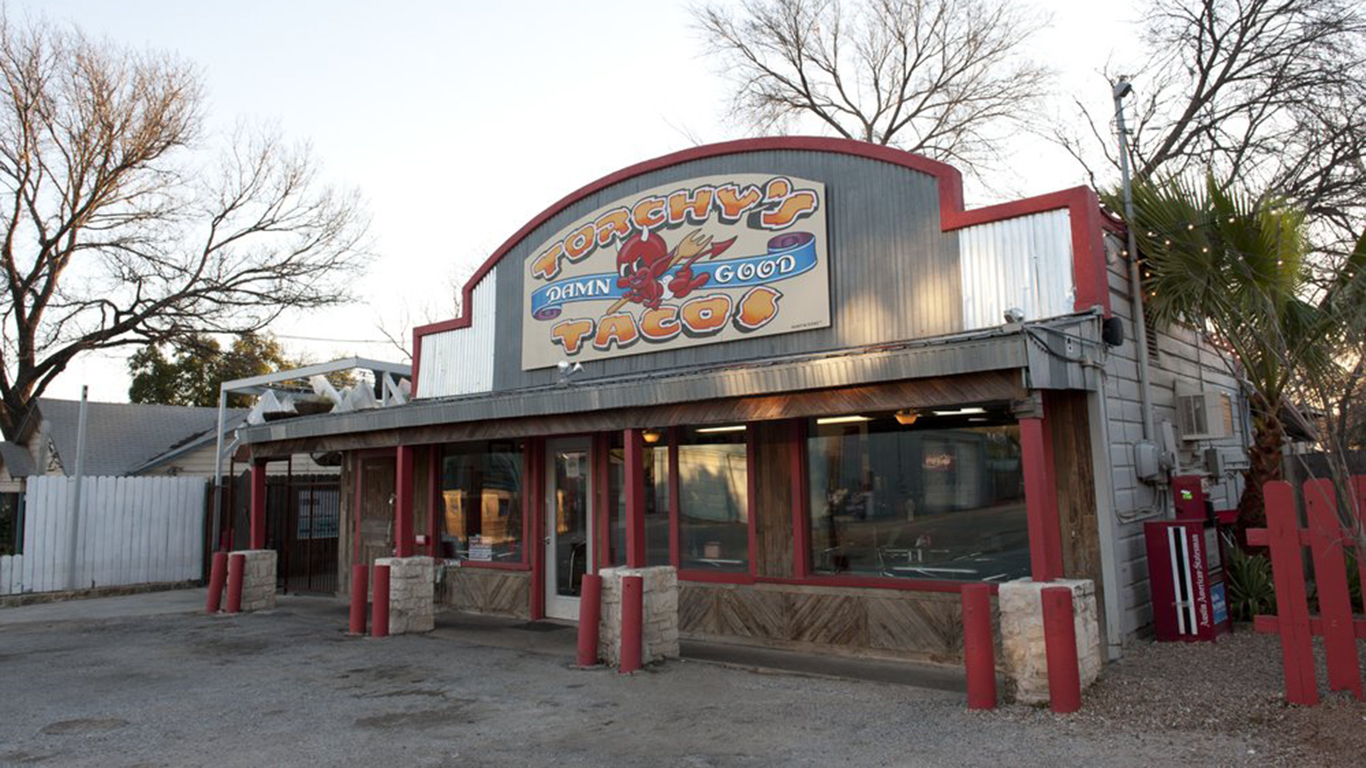
Austin, Texas: Torchy’s Tacos trailer
The hip Austin-based taco chain called Torchy’s, which now has almost 20 brick-and-mortar locations in Texas, Oklahoma, and Colorado, started life in 2006 at this location, Torchy’s Tacos trailer, a modest trailer in South Austin’s food-truck agglomeration. “Our menu and commitment to food quality has outgrown a food trailer kitchen layout,” owner Michael Rypka told Eater in explaining his decision to cease operations at this location.
[in-text-ad]
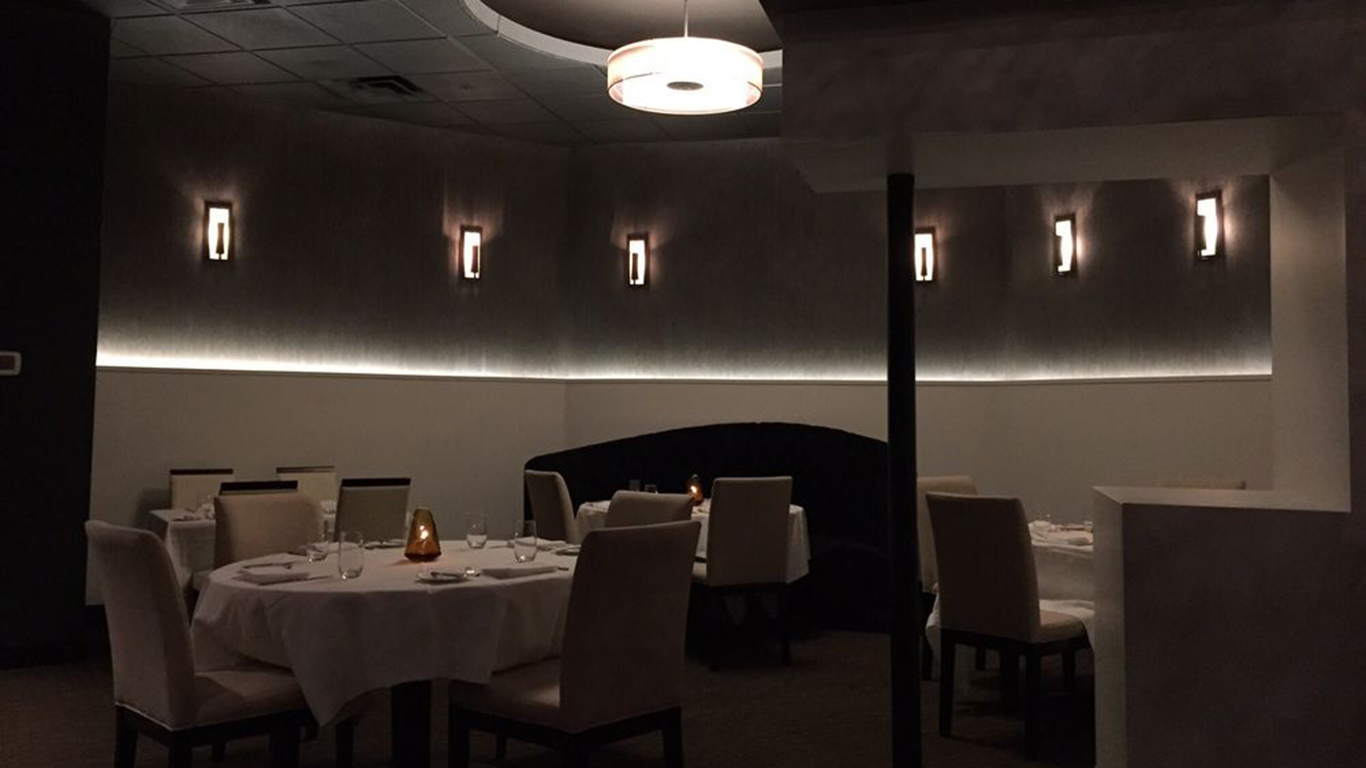
Baltimore, Maryland: Aggio
Popular “Top Chef” contestant Bryan Voltaggio closed his Aggio, a contemporary-style Italian restaurant, earlier this year, citing no reason. The restaurant had been hailed by the Zagat guide as “innovative,” “notably different,” and having “all the right ingredients for a classy meal out,” and Baltimore Magazine called it “a foodie fantasy with creative compositions you won’t find anywhere else in town.” Voltaggio had closed his other Baltimore restaurant, Family Meal, in 2016. Another Aggio location, in Ashburn, Virginia, also closed this year.
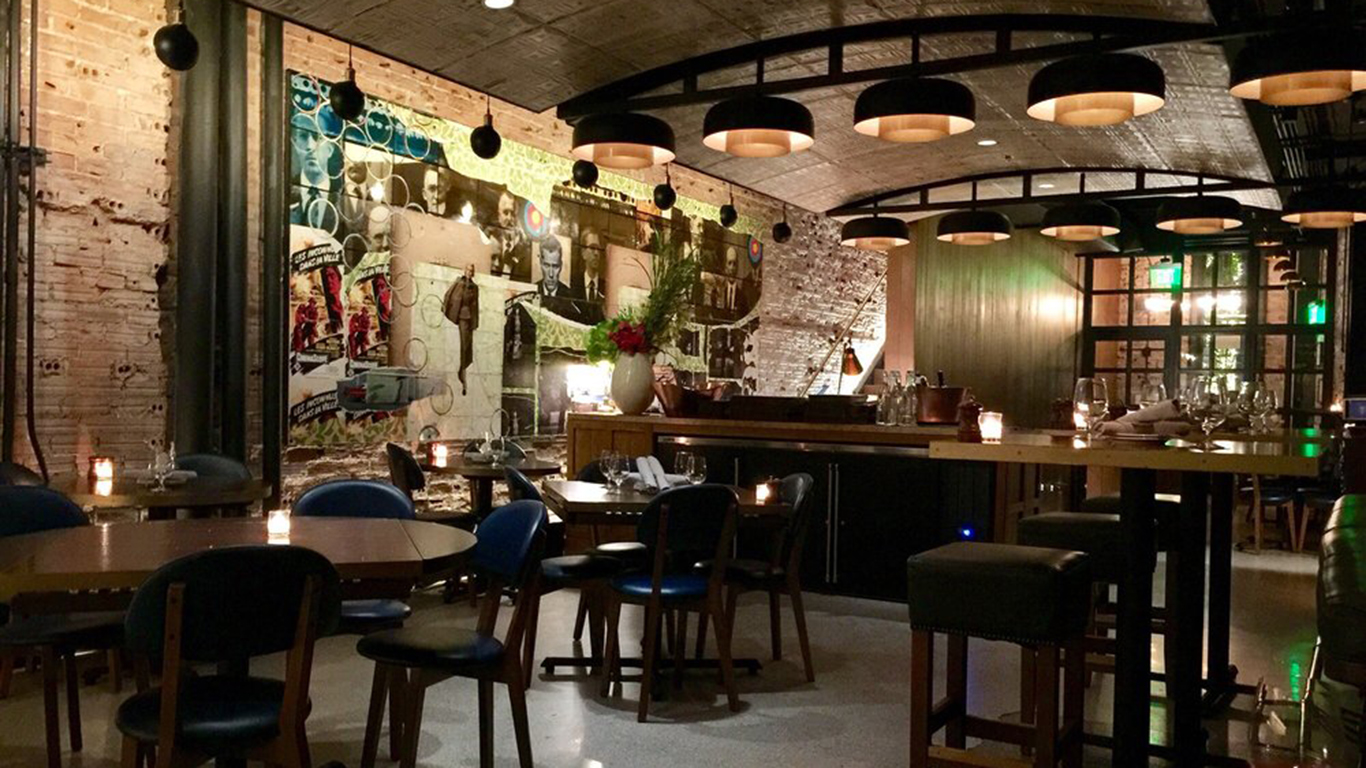
Boston, Massachusetts: Les Sablons
Garrett Harker — proprietor of Boston’s popular Eastern Standard, Island Creek Oyster Bar, and Row 34 — is known as one of the city’s more successful restaurateurs. That made the sudden closing, last summer, of his year-old Les Sablons in Cambridge something of a shock to the local restaurant community. Harker gave no reason for the restaurant’s demise, but several analysts blame a recent spate of Boston closings on an oversaturated market.
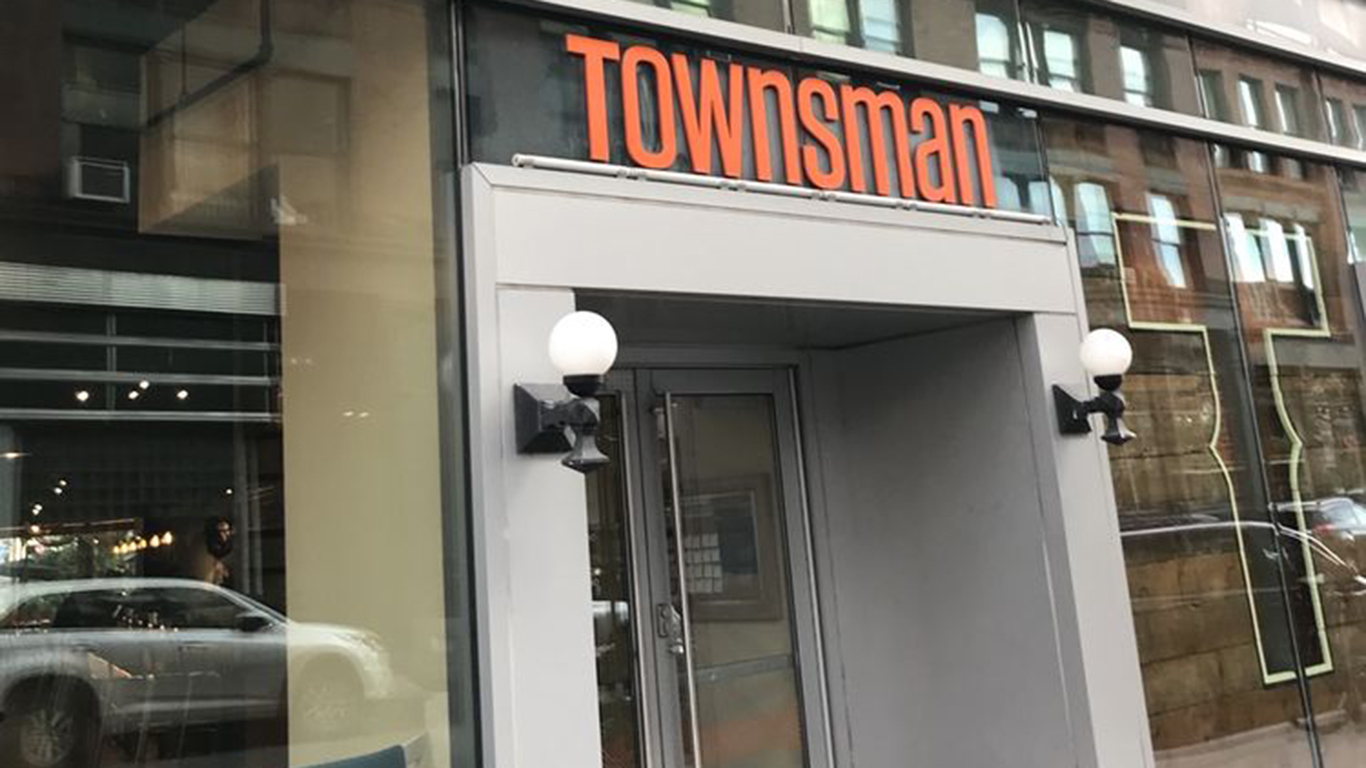
Boston, Massachusetts: Townsman
Townsman was named one of America’s best new restaurants in 2016 by Food & Wine, cited for its “good food…good ambiance,” and chef-proprietor Matt Jennings won a James Beard Award nomination. No reason was given for the closing but a Townsman Instagram post said that chef Jennings was “excited to craft a life that is more thoughtful, healthy and sustainable for himself and his family.”
[in-text-ad-2]
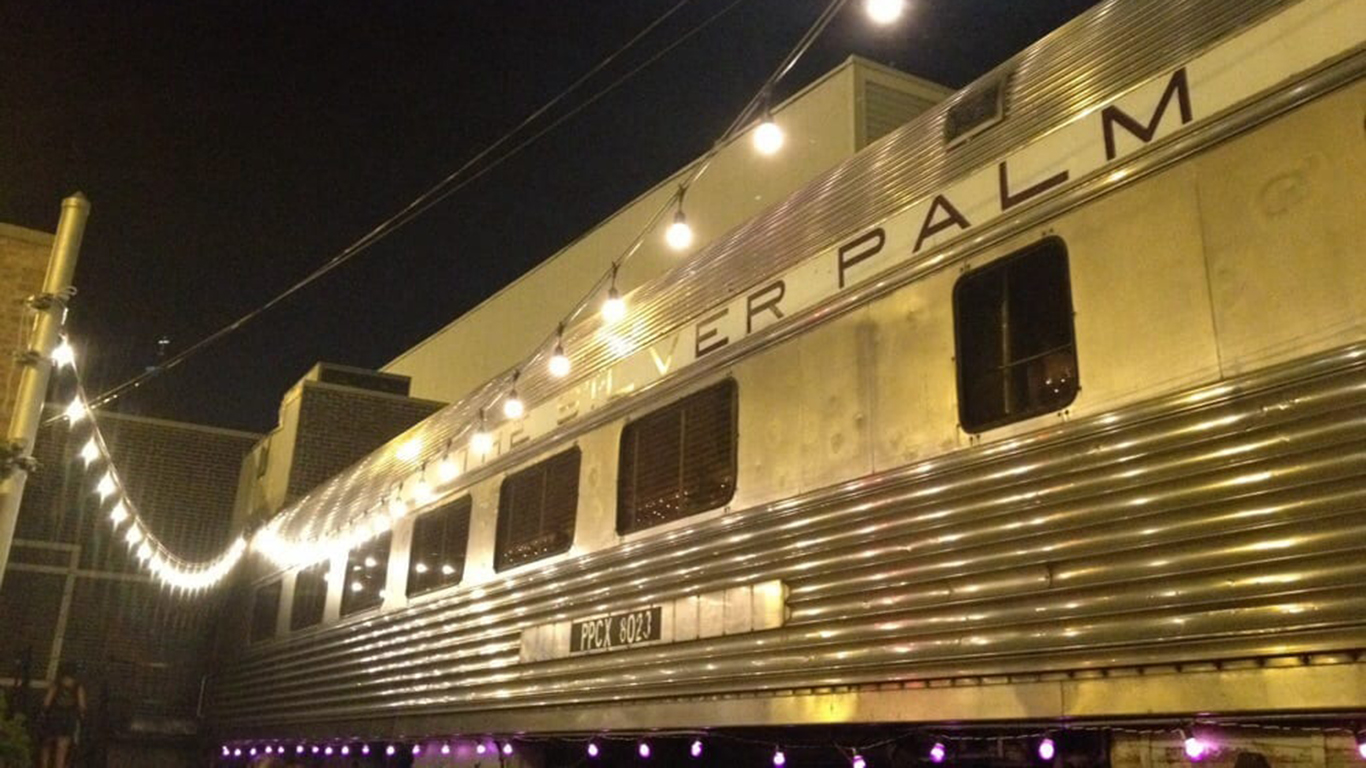
Chicago, Illinois: The Silver Palm
A modest diner housed in a 1947-vintage railway dining car, the Silver Palm came to national prominence after the late Anthony Bourdain visited the place in 2008 for his “No Reservations” TV show and sampled its Three Little Pigs sandwich. The influential TV personality declared the creation — composed of bacon, smoked ham, and a deep-fried pork cutlet, topped with Gruyère cheese, and two eggs — to be “the greatest sandwich in America.” The diner’s owners blame rapid changes in their neighborhood for their decision to close.
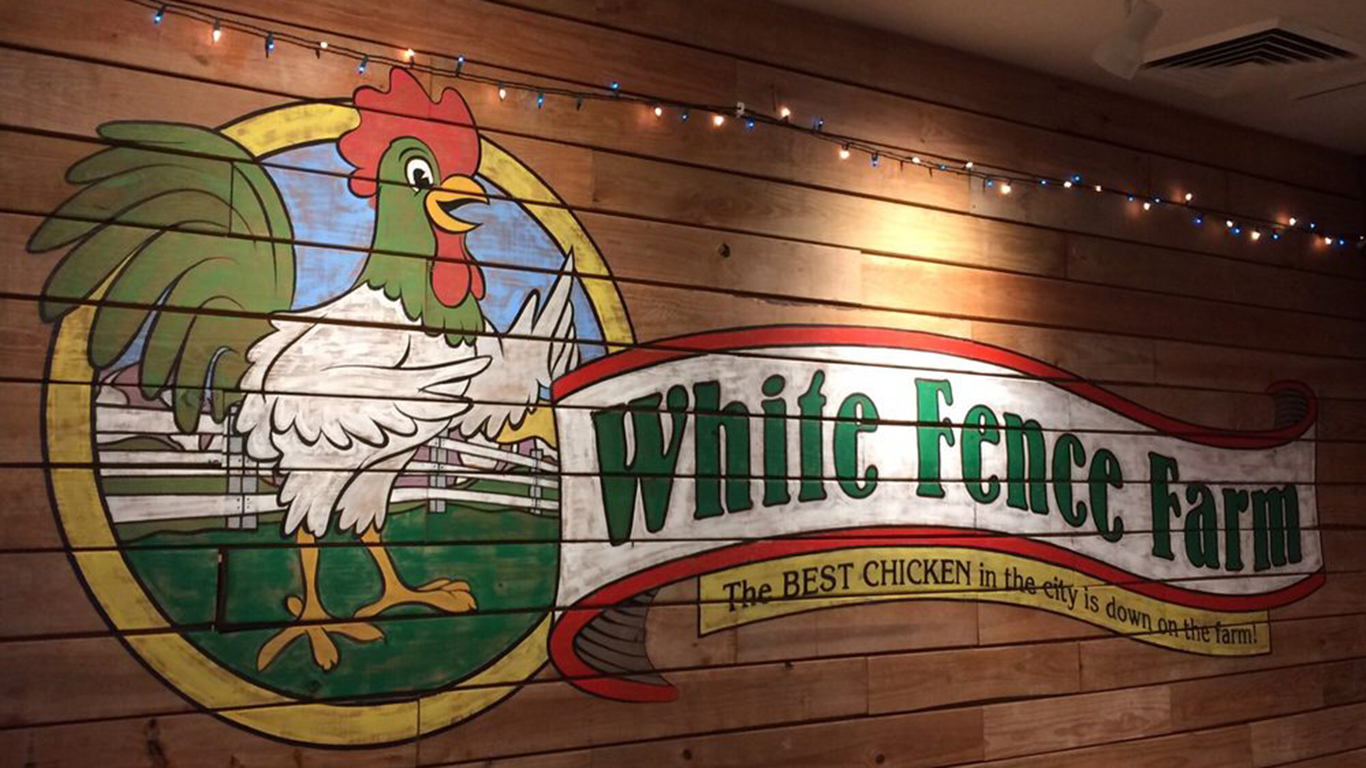
Denver, Colorado: White Fence Farm
Citing financial difficulties, this 45-year-old family destination restaurant in the Denver suburb of Lakewood (fried chicken, a petting zoo, and a year-round Christmas store are among the attractions) will close on December 30. The five White Fence take-out chicken locations around Denver shuttered in February.
[in-text-ad]

Las Vegas, Nevada: BarMasa and Tetsu
Celebrated sushi chef and restaurateur Masa Takayama — whose New York City sushi bar Masa is among the world’s most expensive restaurants (at $595 per person, not including drinks or tax) — has run the considerably less expensive BarMasa in Las Vegas’ Aria Resort & Casino since the property opened in 2009. In 2012, he added Tetsu, a teppan grill restaurant. Both closed upon the expiration of Takayama’s management contract on October 31.
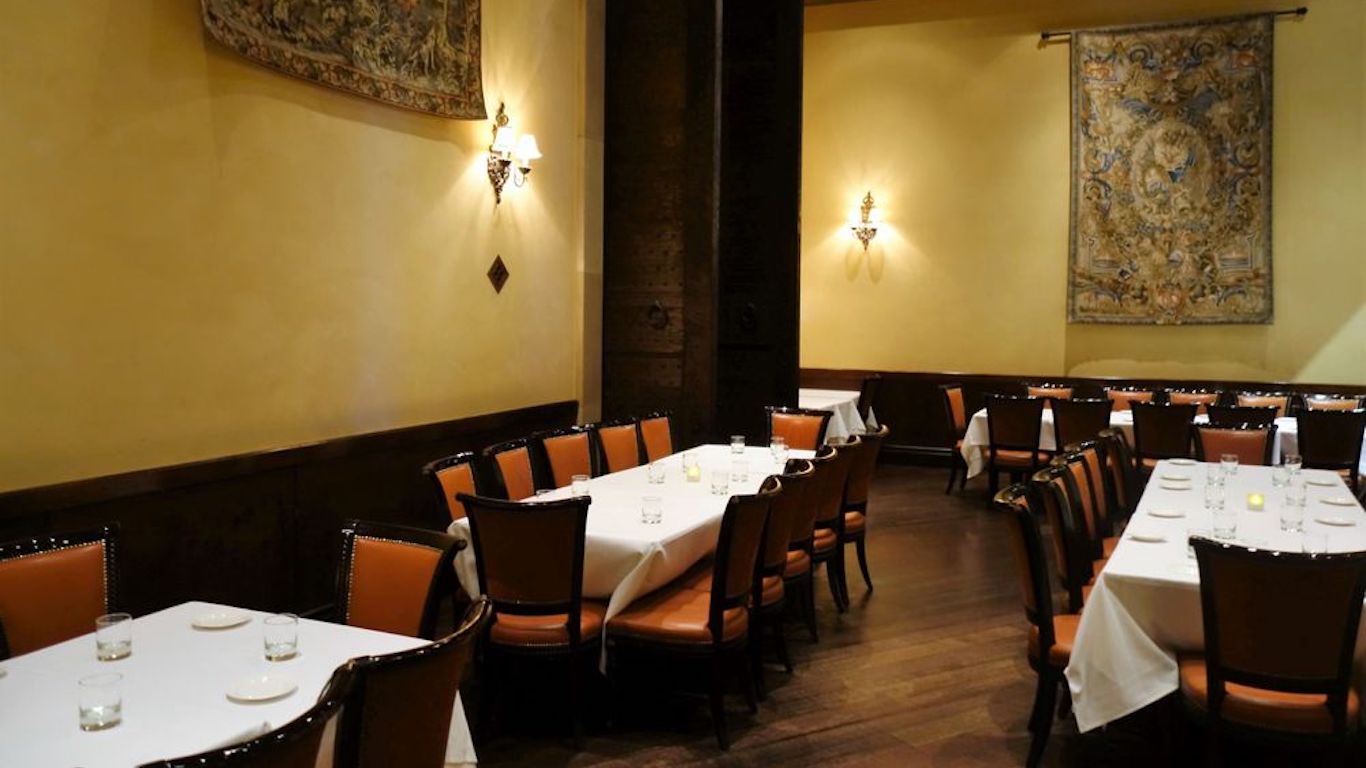
Las Vegas, Nevada: B&B Ristorante, Carnevino Italian Steakhouse, and Otto Enoteca e Pizzeria
These three 10-year-old Las Vegas establishments, formerly under the co-management of celebrity chef Mario Batali (with his former partner, restaurateur Joe Bastianich) closed this summer, after Batali was accused of multiple instances of sexual misconduct. A newer Batali project, La Sirena in New York City, is slated to close at the end of this year.
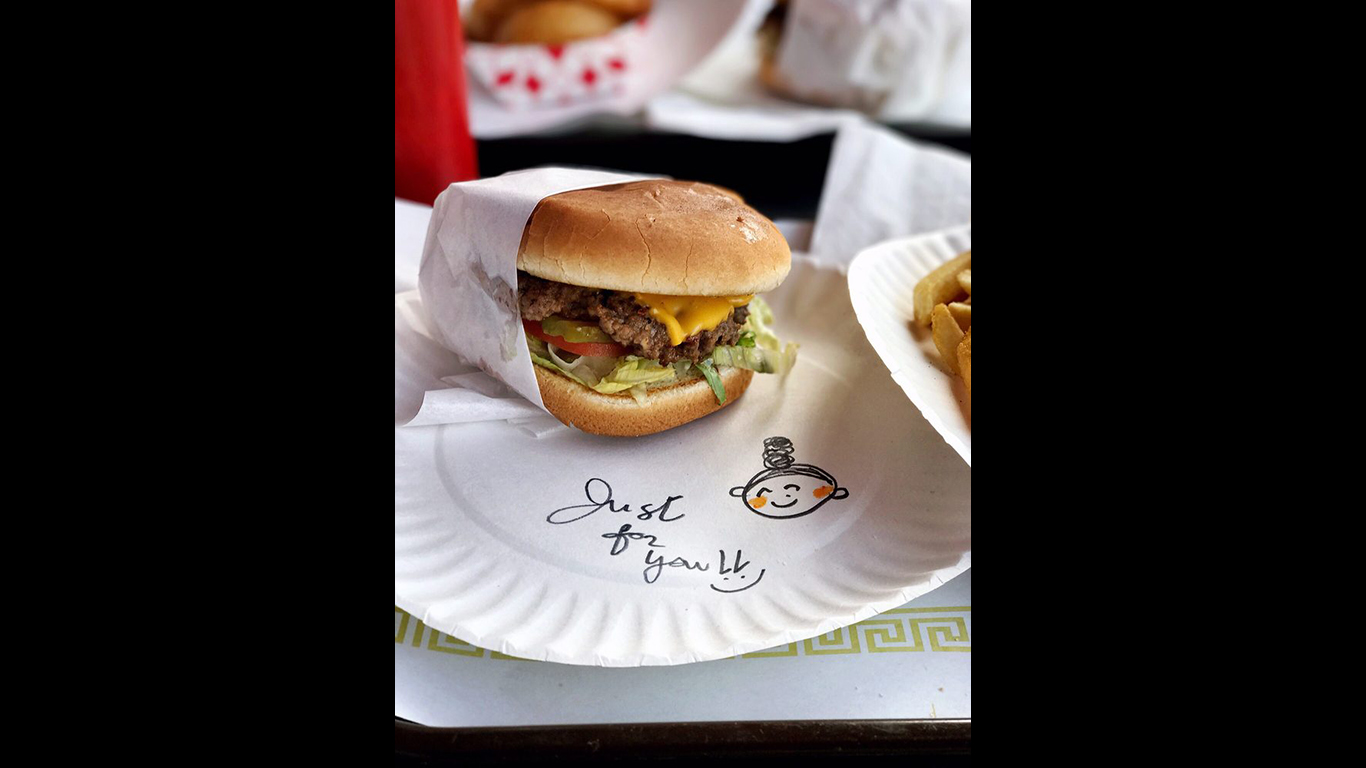
Los Angeles, California: Irv’s Burgers
This much-loved West Hollywood burger joint opened as Queenie’s in 1946, was purchased and renamed by Irv Gendis in 1970, and passed in turn to siblings Sonia and Sean Hong in 2000. (Sonia was famous for sketching caricatures of customers alongside the words “Just for you” on the paper plates she served the burgers on.) Along the way, Irv’s survived several attempts at demolition, and was finally forced to move a few blocks east in 2013. Sean died suddenly last year, though, and an impending rent hike finally did the place in. Irv’s closed in November.
[in-text-ad-2]
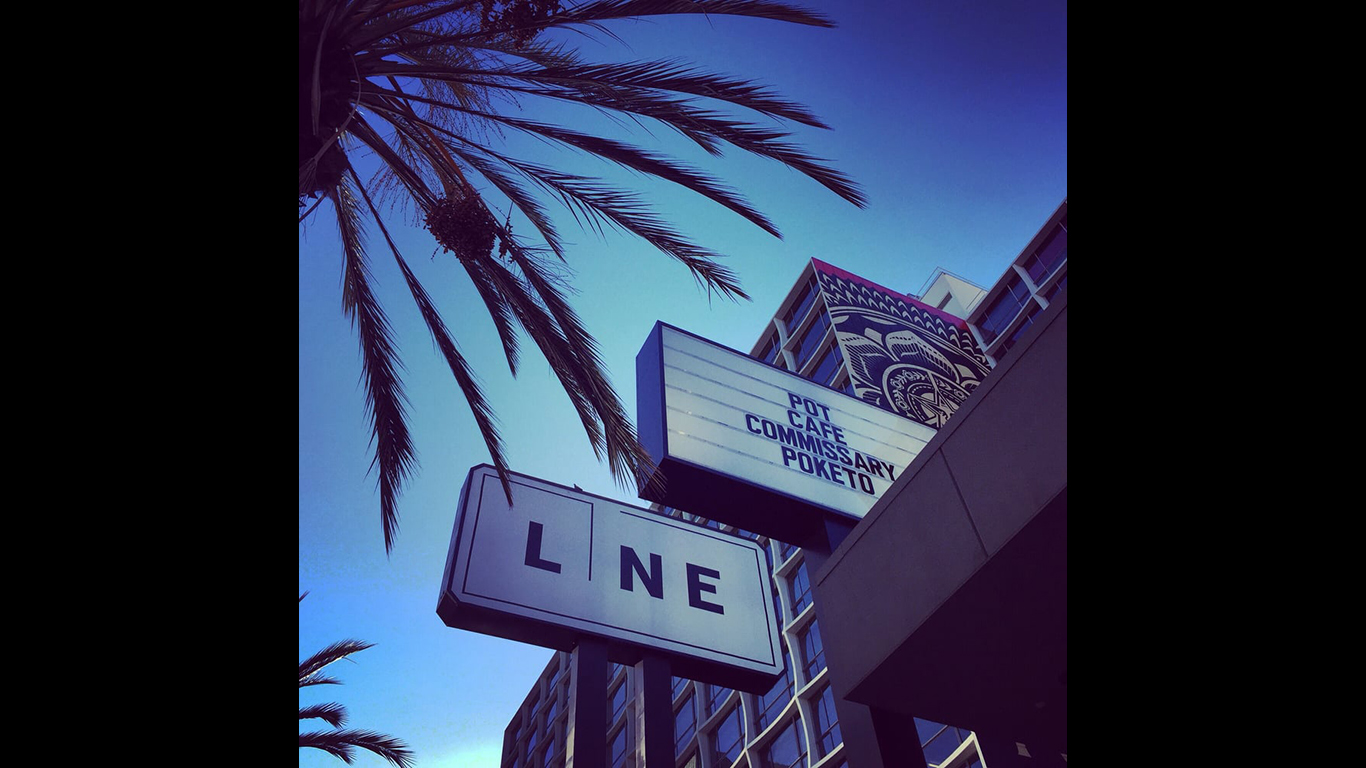
Los Angeles, California: Pot Lobby Bar, Pot Cafe, and Commissary
Korean-American chef Roy Choi’s Kogi food trucks virtually invented not only Mexican–Korean fusion food (think spicy pork and kimchi burritos) but the whole high-end food-truck movement. He subsequently sought to make his mark in L.A.’s vast Koreatown by opening three venues in the new Line Hotel in 2014: Pot, featuring Korean home cooking, a lobby bar, and a vegetable-centric greenhouse restaurant called Commissary. When pulling out of the hotel in June, Choi didn’t offer specifics, other than to note that the relationship between his company and the hotel group that runs the Line was coming to an end.
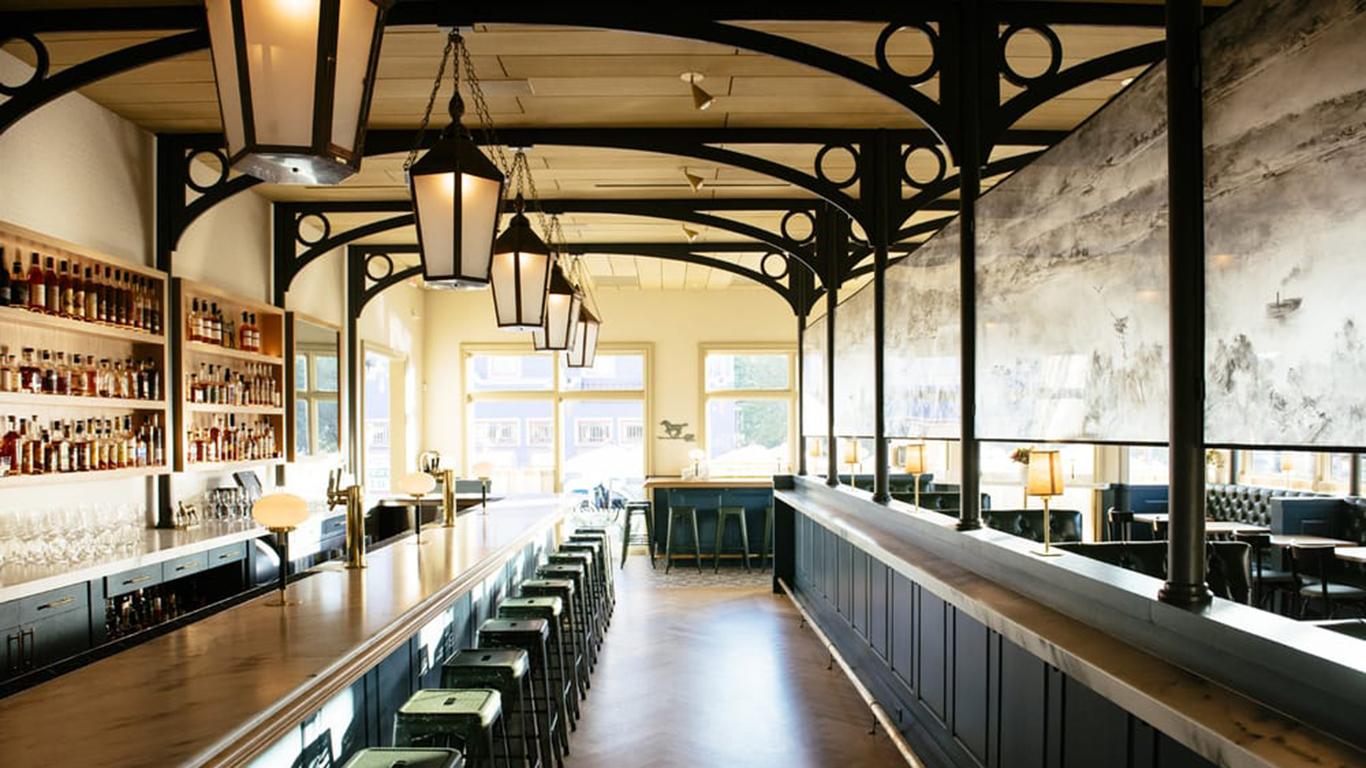
New Orleans, Louisiana: Kenton’s
Kenton’s, featuring a modern Southern-accented menu and a huge selection of bourbon, was opened in 2015 by Sean Josephs and his wife, New Orleans native Mani Dawes (the couple also owns New York City’s Tia Pol and Maysville). It was well-reviewed, but, as Josephs put it, “we just weren’t meeting our financial goals,” and it served its last meal in March.
[in-text-ad]
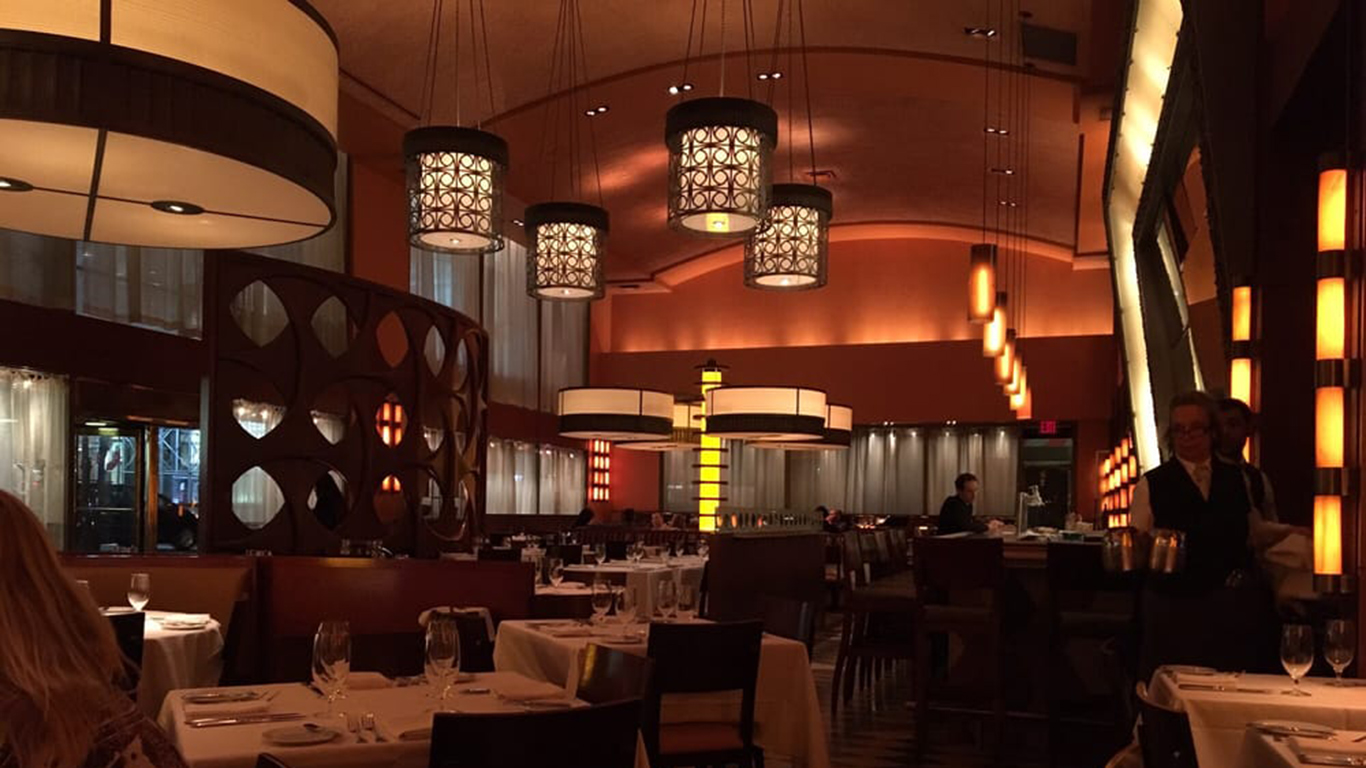
New York, New York: Bar Americain
Celebrity chef and TV personality Bobby Flay opened this American bistro in Midtown Manhattan in 2005. It got good reviews (New York Magazine called out its “satisfyingly two-fisted” menu), and thrived for 13 years, but in January, facing a new lease and the need for “prohibitively costly” renovations, Flay and his partners pulled the plug. (An outpost of Bar Americain remains open at the Mohegan Sun casino in Connecticut, and Flay still has a Spanish-inflected restaurant called Gato in Manhattan.)
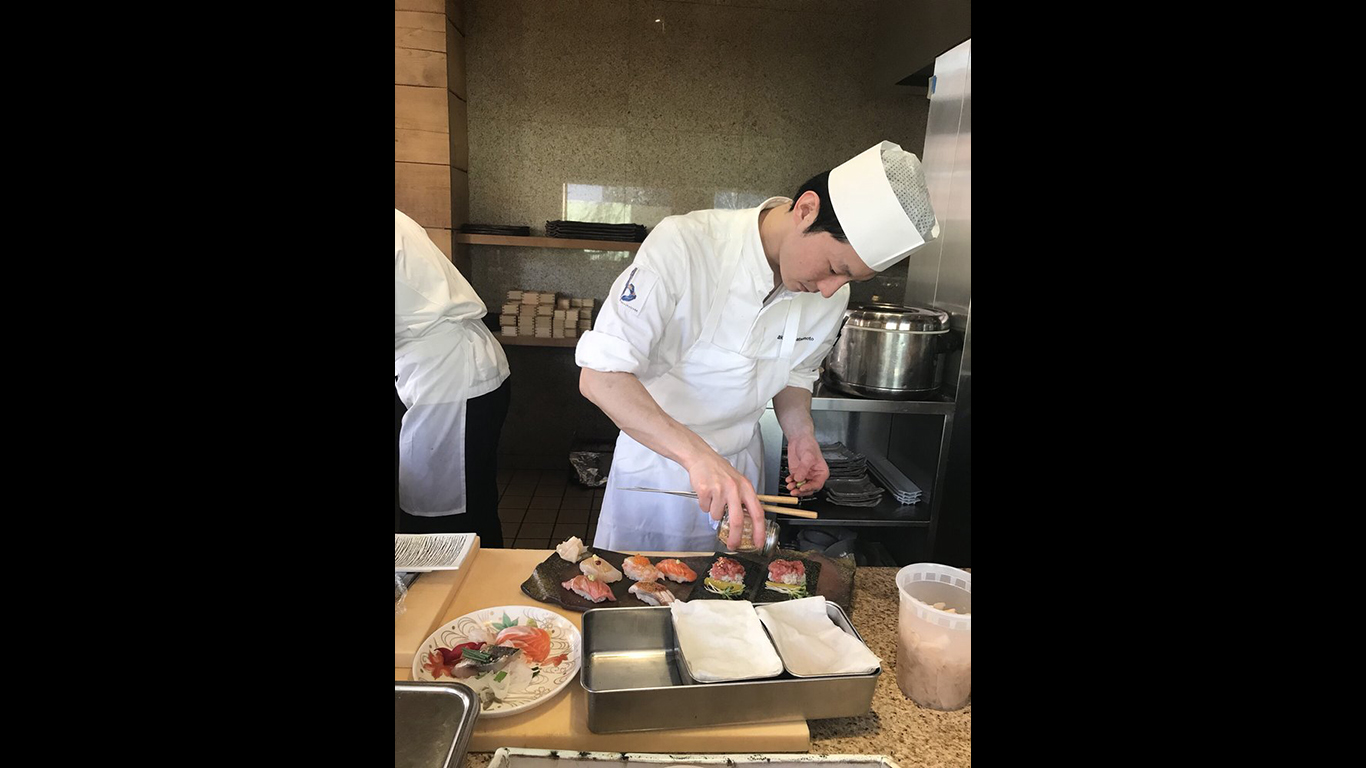
New York, New York: Brushstroke
One of New York’s best Japanese restaurants, a collaboration between chef David Bouley and Japan’s Tsuji Culinary Institute that opened in 2011, Brushstroke was noted for its Isao Yamada’s kaiseki menu (a progression of artfully presented small portions). An eight-seat sushi bar within the restaurant won two Michelin stars in 2014 but was converted to a noodle bar last year. Bouley bowed out of the restaurant earlier this year, and in September, Yamada announced that the place was closing due to an increase in rent.
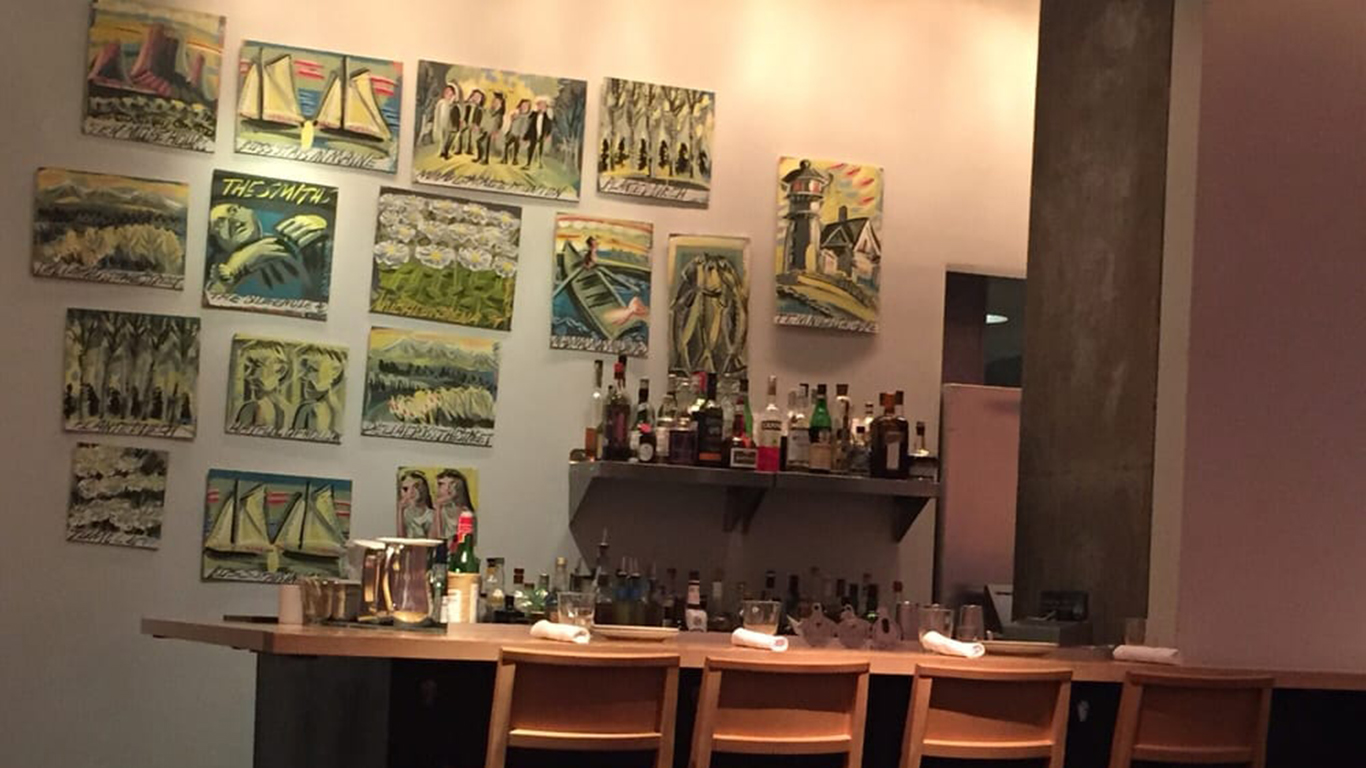
New York, New York: Ma Pêche and Fuku+
Influential Korean-American chef David Chang’s eight-year-old Má Pêche (“Mother Peach” in Vietnamese–French slang) and his adjacent fried chicken sandwich place, Fuku+, went out of business in June. Má Pêche never achieved the kind of popularity that Chang’s flagship Momofuku or his Ko or Ssäm Bar had. No definitive reason was given for the closing, but the restaurants were on West 56th Street, a block from Trump Tower, and in 2016, Chang tweeted “All the NYPD & Secret Service checkpoints killing restaurant foot traffic on 56th St.”
[in-text-ad-2]
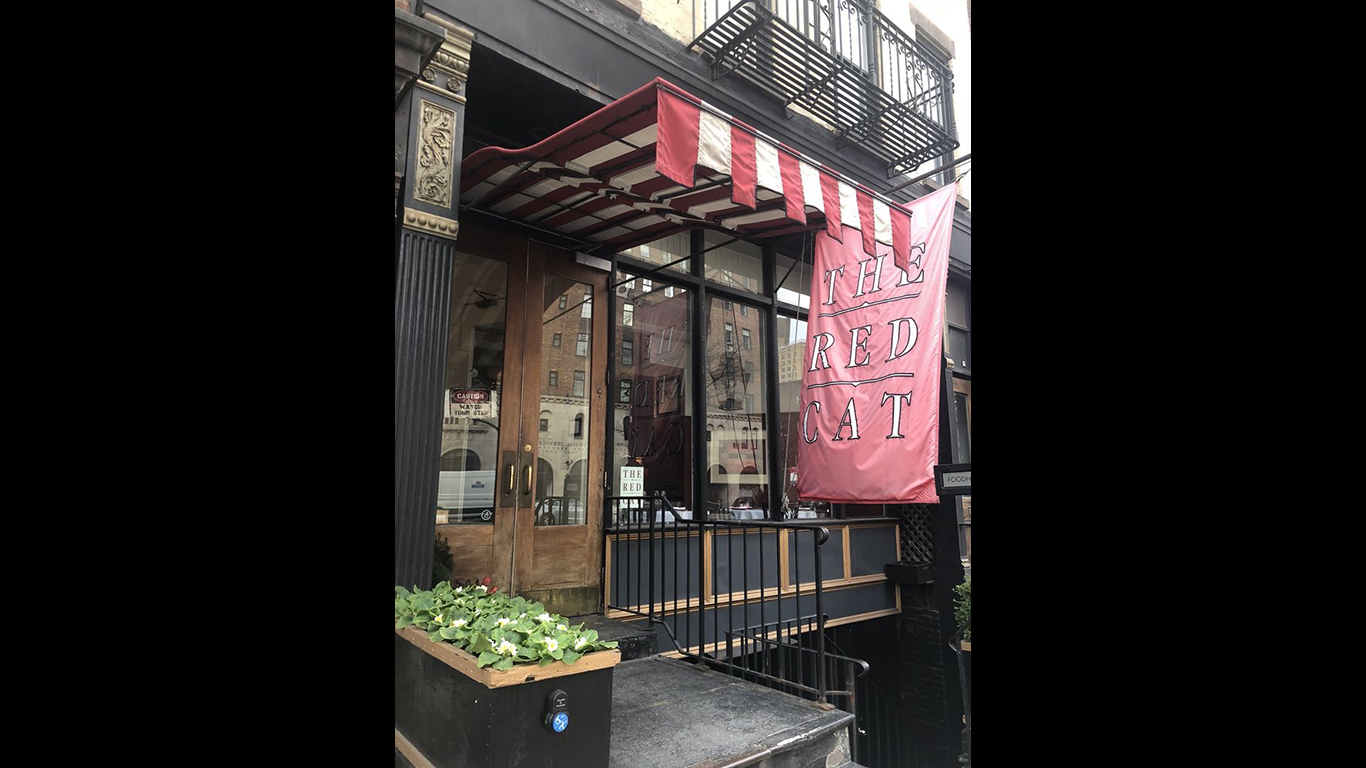
New York, New York: Red Cat
Manhattan’s Chelsea neighborhood was pretty much a restaurant wasteland when chef Jimmy Bradley and a partner opened Red Cat there in 1999, and the popular elevated park called High Line, which brought so much life to the area, was still an urban planner’s fantasy. The place became a local favorite for its unpretentious American food and its easy-going decor, which, Bradley told his architect, should suggest “New England goes to Paris, without a stop at Martha Stewart’s house.” The Red Cat is closing at the end of December, simply, says Bradley, because he’s ready for a change.
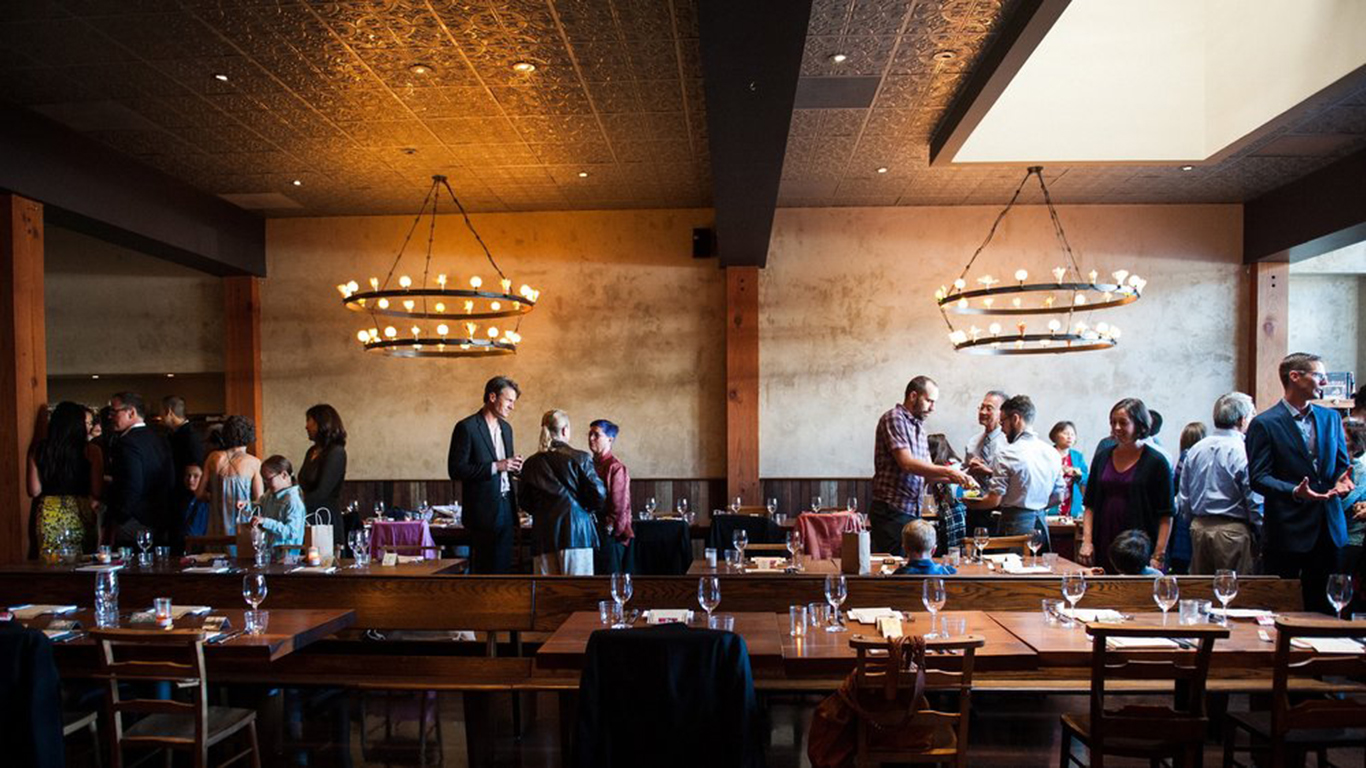
Oakland, California: Camino
Allison Hopelain and her husband, chef Russell Moore, both of whom are longtime veterans of the legendary Chez Panisse in Berkeley, California, opened Camino in 2008. The focus of the place is a huge wood-burning hearth along one wall of the open kitchen. Moore butchers whole animals, uses organic produce, and makes his own condiments. It’s a lot of work. Earlier this year, Moore told Eater that he had specifically designed his kitchen to “be difficult,” so he wouldn’t get bored. Five months later, the couple decided that it had just become too difficult. Hopelain told Eater that they didn’t want to change anything at Camino to make it easier, so they decided to close down at the end of the year, “while we’re still in love with [the restaurant].”
[in-text-ad]
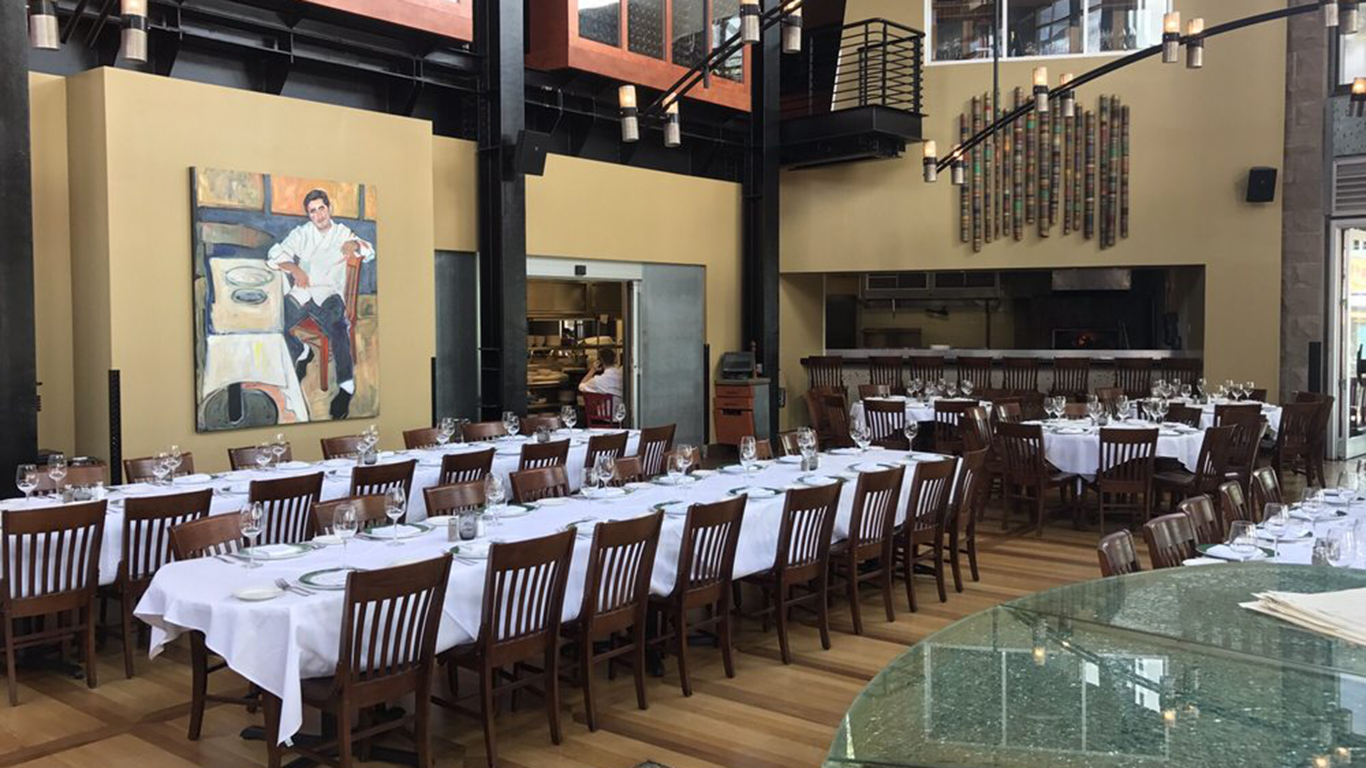
Orlando, Florida: Emeril’s Orlando
Celebrity chef Emeril Lagasse’s Orlando restaurant — which opened when CityWalk did, in 1999 — was an oasis of solid New Orleans-flavored food in the otherwise touristy Universal CityWalk complex (known for more generic eateries, like a branch of Margaritaville). It closed down in July. No reason was given for the closing.
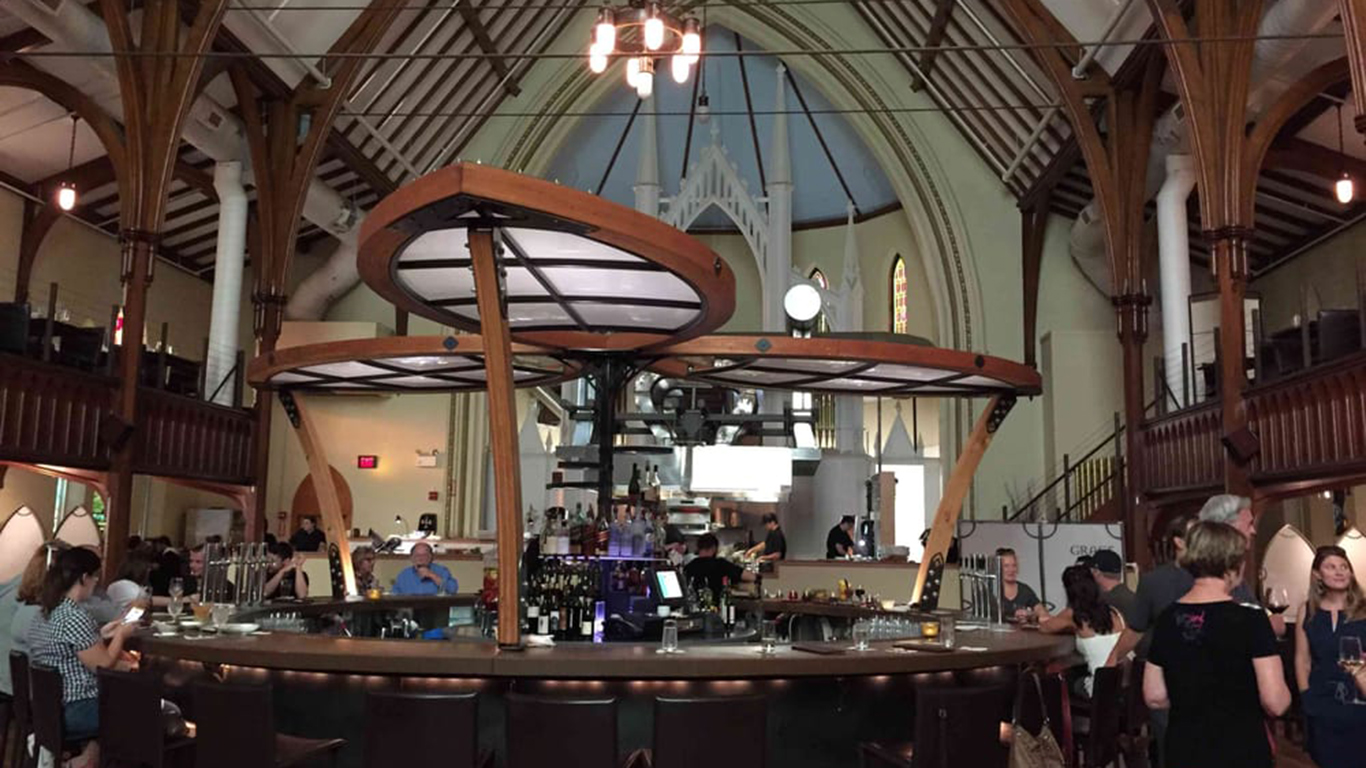
Portland, Maine: Grace Restaurant
The appropriately named Grace — it occupies a 19th-century Gothic Revival church — will serve its last regular meal on December 31. In August, owner Anne Rutherford announced that she was selling the building itself, which dates from 1856 and is listed on the National Register of Historic Places, but keeping the restaurant open. She later changed her mind, taking the church off the market and announcing that, as of 2019, it would be open only for weddings and other special events. Running the restaurant, Rutherford told the Portland Press Herald, “just became too much to do.”
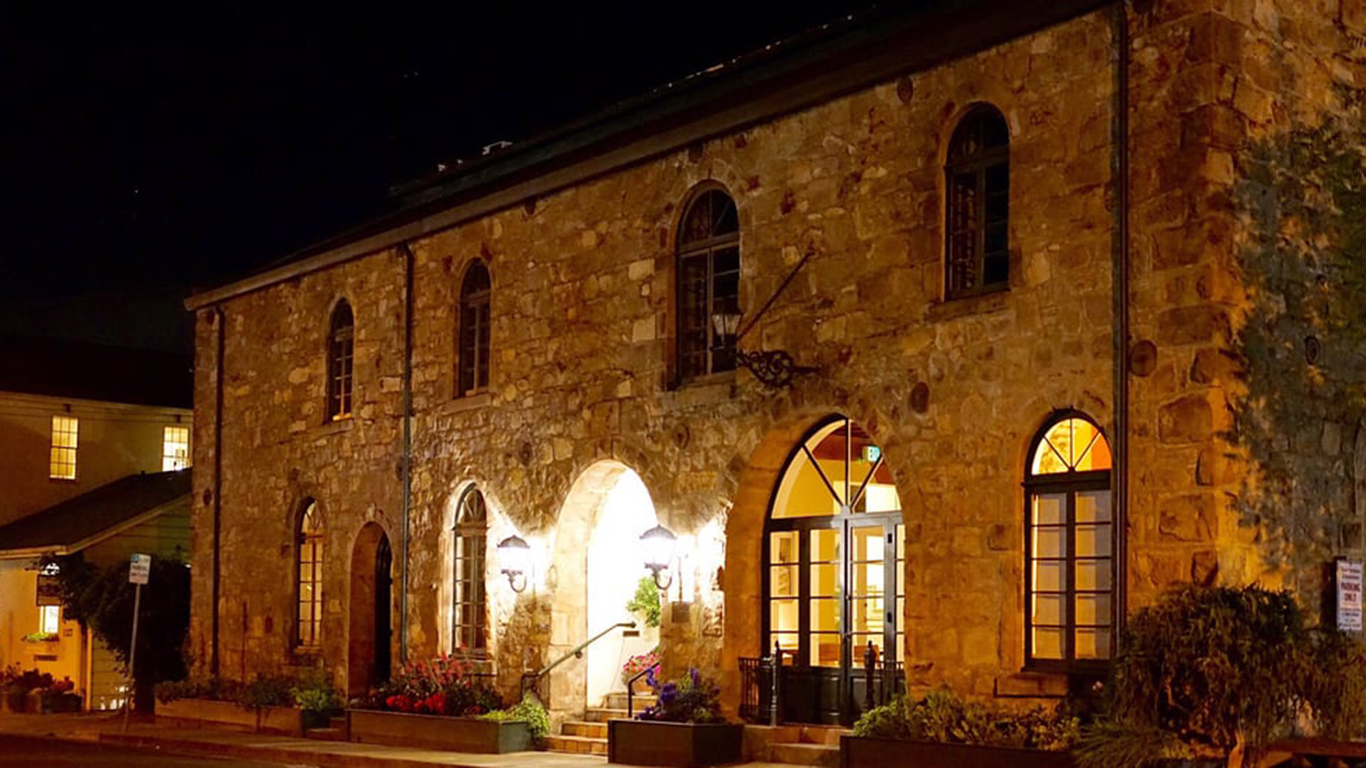
St. Helena, California: Terra
This 30-year-old Napa Valley institution served its last meal in early June. Owned by Wolfgang Puck veteran Hiro Sone and his wife, Lissa Doumani (whose father used to run the esteemed Stags Leap Winery nearby), Terra was widely praised and won a Michelin star. The decision to close was spurred by problems finding staff, the economic effects of last year’s wine country wildfires, and the fact that, as Doumani told Eater, “It just kept getting harder and harder, and we are getting older and older.”
[in-text-ad-2]
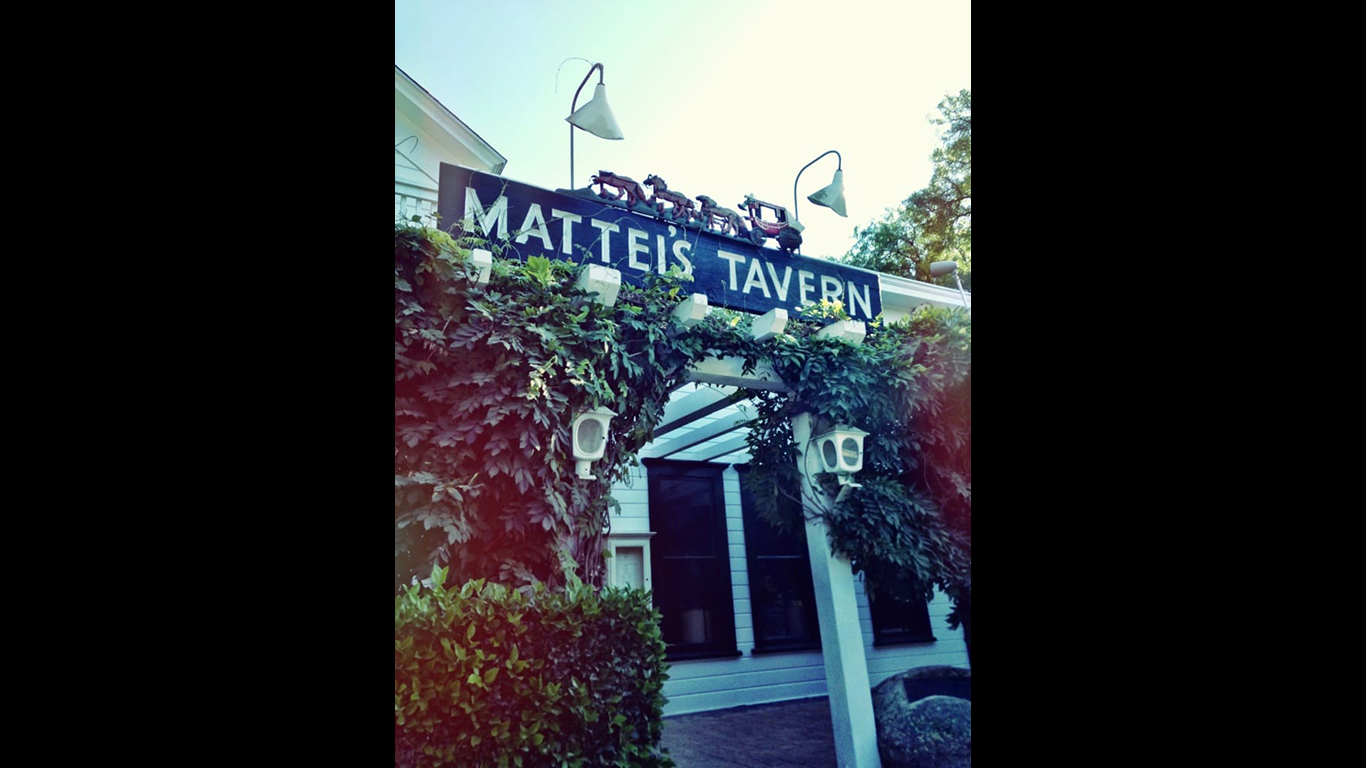
Santa Maria, California: Mattei’s Tavern
Mattei’s Tavern, in the heart of the Santa Barbara County wine country in California, was founded in 1886 as a stagecoach stop and regional railroad depot. Over the decades, and with various owners, it became a popular gathering place for local farmers, ranchers, and politicians, and later a convenient venue for a meal or a glass of wine for winery visitors. It closed several times along the way, shuttering again in 2016 when the then-owner businessman Charles Augustus Banks IV, was convicted of federal wire fraud. In December of 2017, and local chef Maili Halme — who had once worked at Mattei’s as a waitress — took over the kitchen. Her tenure was not successful, and in June, the property’s new proprietors made the decision to close the place again. “This is a failed business venture,” L.A. attorney Brian R. Strange, whose family now owns Mattei’s, told the Santa Maria Times. Mattei’s remains open for private events.
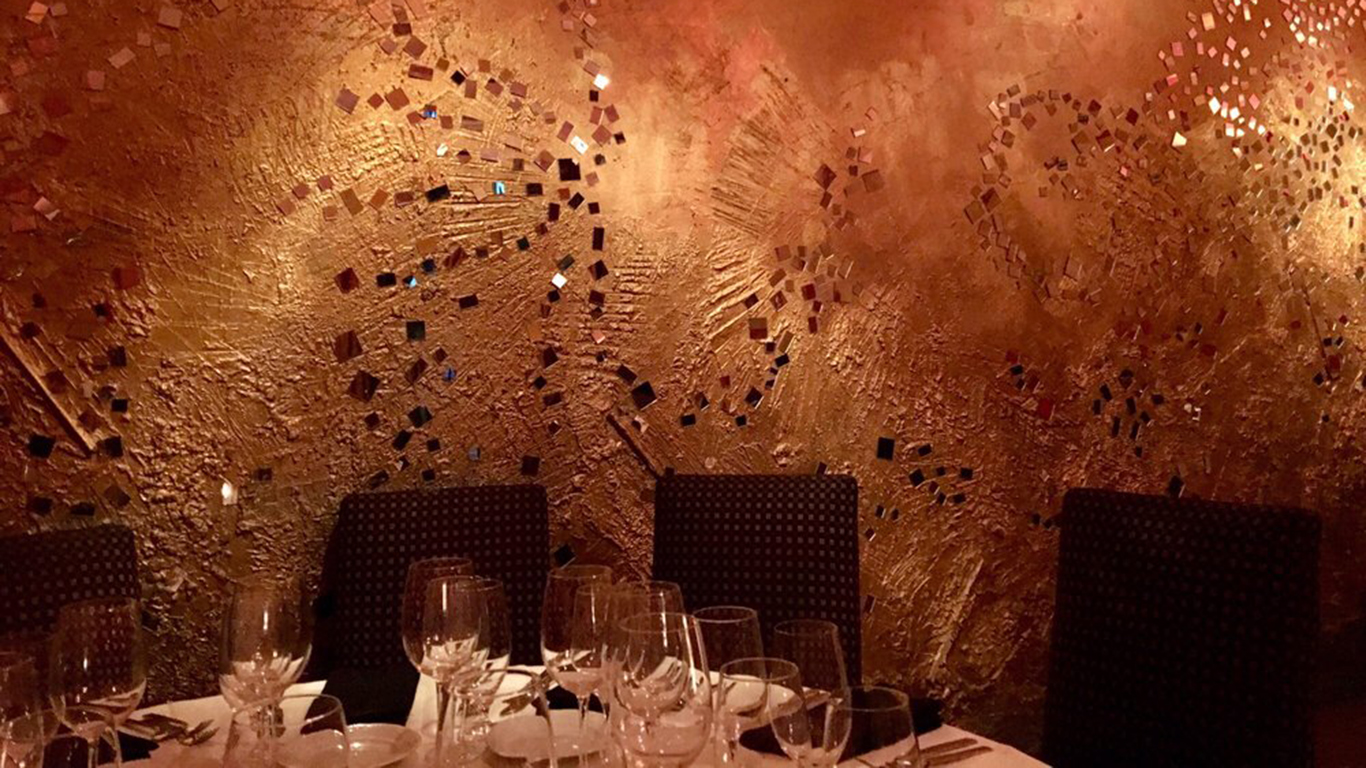
Santa Monica, California: Valentino
When Sicilian-born restaurateur Piero Selvaggio and a chef partner opened Valentino in 1972, almost nobody in America had ever heard of radicchio or arugula; there was no bufala mozzarella (much less burrata) here; and balsamic vinegar was unknown. With few exceptions, Italian restaurants were furnished with straw-wrapped Chianti bottles and red-checkered tablecloths, and melted cheese and tomato sauce figured heavily (in more ways than one) on the menus. As Valentino evolved over the years, it introduced a whole new standard of Italian dining to America, both more authentically rustic and more elegant, and he had nationwide influence. The decision to close the restaurant on December 31 this year came about gradually, Selvaggio says, but economic issues contributed. He plans to open a new restaurant next year in Orange County.
[in-text-ad]
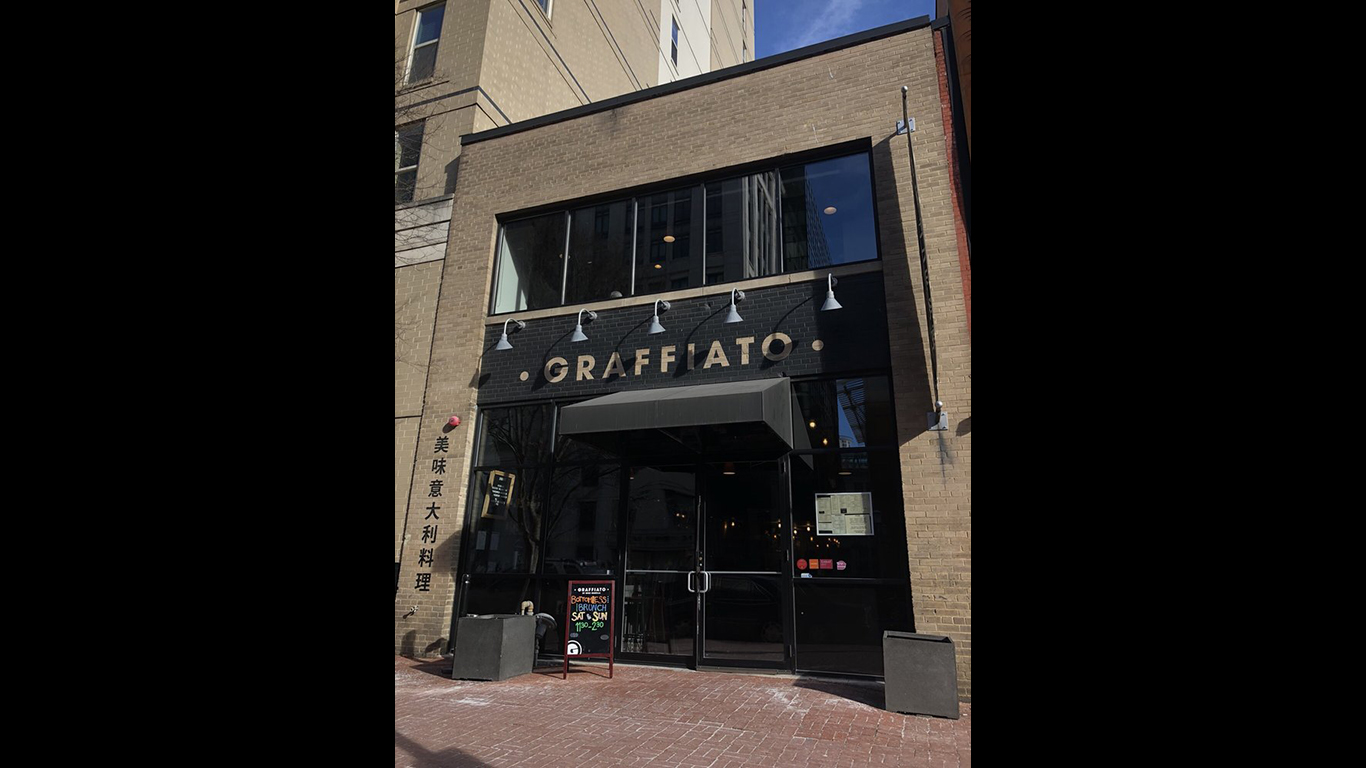
Washington, D.C.: Graffiato
Onetime “Top Chef” star Mike Isabella’s first-ever restaurant, Graffiato, opened in 2011. It was the start of a $40-million dining empire, encompassing about a dozen restaurants and airport and stadium kiosks, with more on the way. Following allegations of sexual misconduct against the heavy-drinking chef-restaurateur earlier this year — including a lawsuit by a former restaurant manager accusing him of “extraordinary sexual harassment” — his businesses began to fail. A story in The Washingtonian was subtitled “How alcohol, infighting, and a sexual harassment scandal turned the prince of DC dining into a pariah.” Beyond these issues, observers say that Isabella’s empire simply grew too fast. He has closed a number of his operations, including a Graffiato spinoff in Richmond, Virginia, and this July, apparently as a result of a rent dispute, he shuttered his flagship.
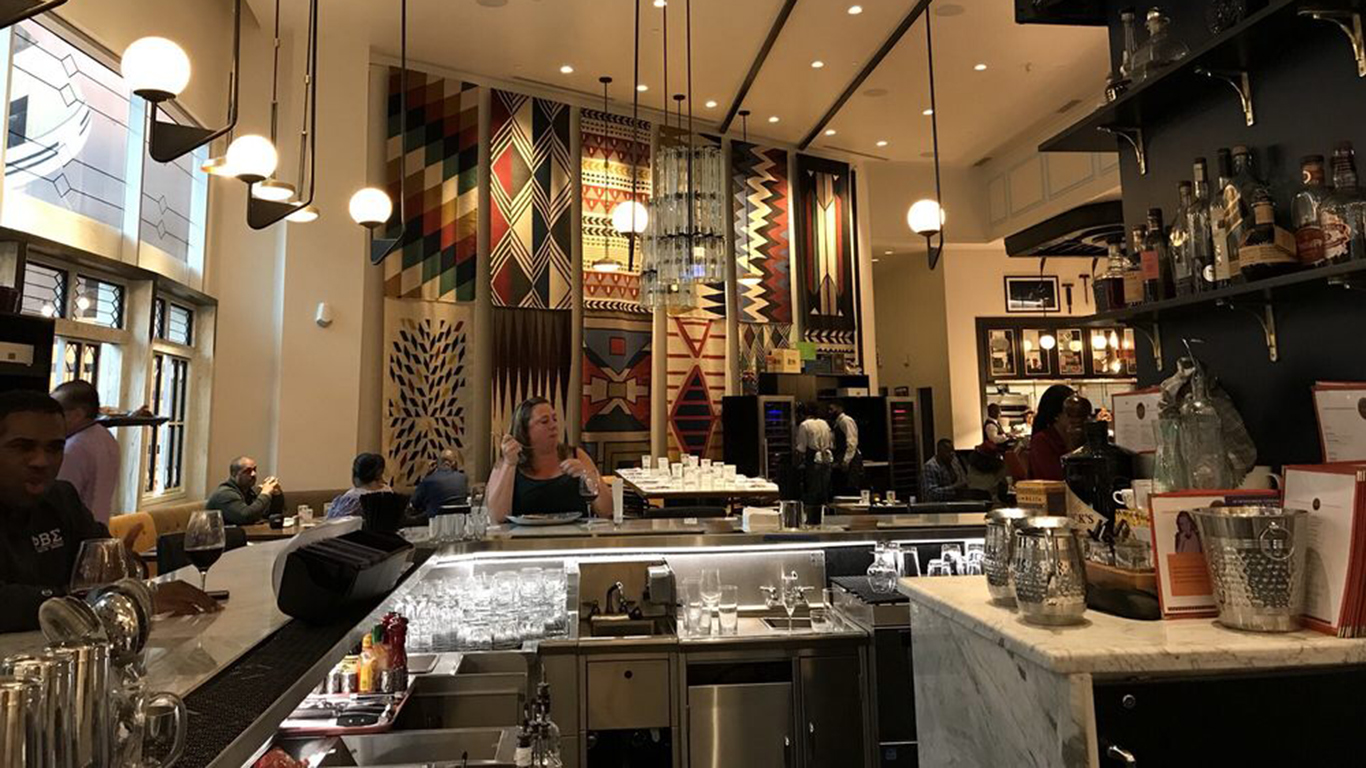
Washington, D.C.: Marcus
Esteemed Ethiopian-born, Swedish-raised Harlem chef-restaurateur Marcus Samuelsson opened Marcus, in the elaborate new MGM National Harbor resort complex in Washington, D.C., in 2016. The restaurant received lukewarm reviews and failed to find its audience. It served its last meal in early January. In a prepared statement explaining the demise of Marcus, Samuelsson cited “changes in creative direction and strategy they wish to make at MGM National Harbor” as the cause.
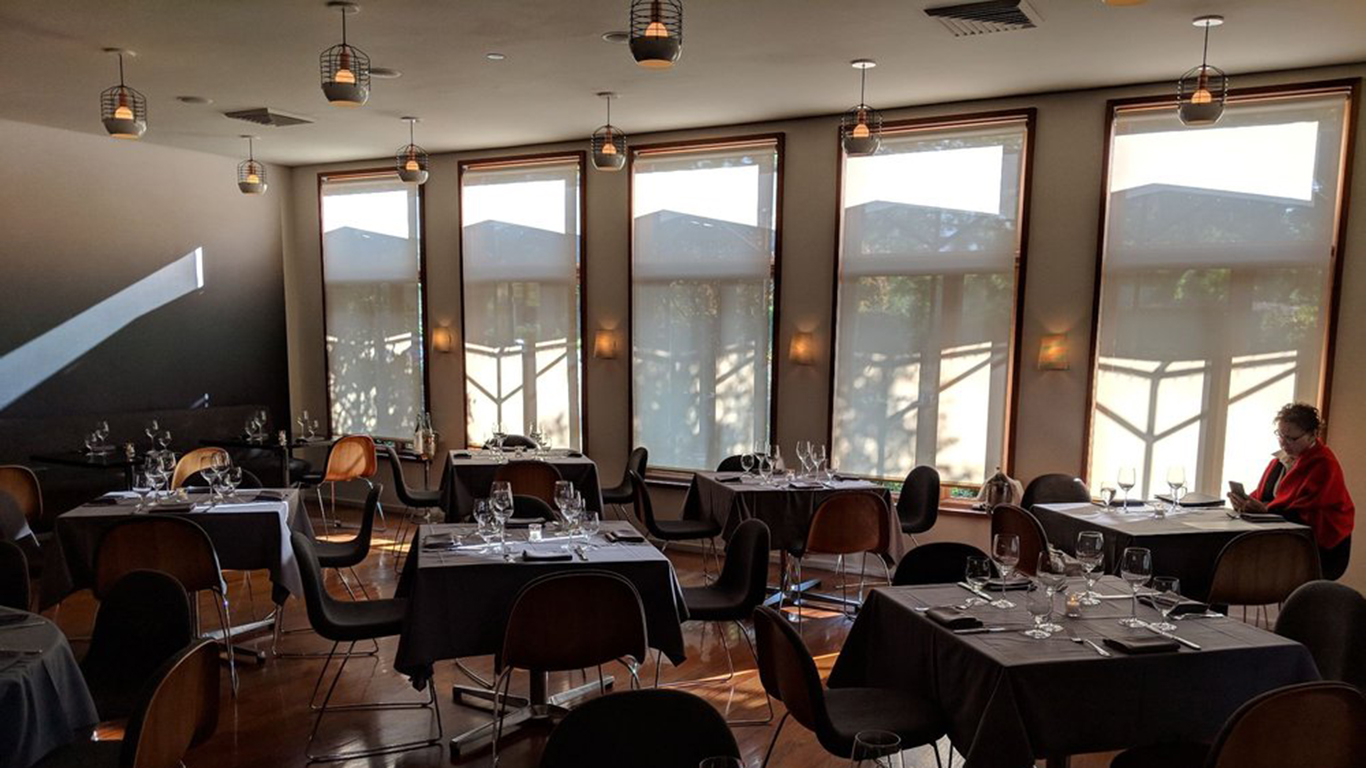
Yountville, California: Redd
Chef-restaurateur Richard Reddington, a veteran of Spago and other noted California restaurants, opened Redd in 2005 as a kind of low-key alternative to Thomas Keller’s nearby French Laundry — a more casual wine country dining destination. It was considered one of Napa Valley’s best and most influential restaurants, but, citing staffing issues and a desire to spend more time with his family, Reddington closed the place in early October.
The Average American Is Losing Momentum On Their Savings Every Day (Sponsor)
If you’re like many Americans and keep your money ‘safe’ in a checking or savings account, think again. The average yield on a savings account is a paltry .4%1 today. Checking accounts are even worse.
But there is good news. To win qualified customers, some accounts are paying more than 7x the national average. That’s an incredible way to keep your money safe and earn more at the same time. Our top pick for high yield savings accounts includes other benefits as well. You can earn a $200 bonus and up to 7X the national average with qualifying deposits. Terms apply. Member, FDIC.
Click here to see how much more you could be earning on your savings today. It takes just a few minutes to open an account to make your money work for you.
Thank you for reading! Have some feedback for us?
Contact the 24/7 Wall St. editorial team.
 24/7 Wall St.
24/7 Wall St.


